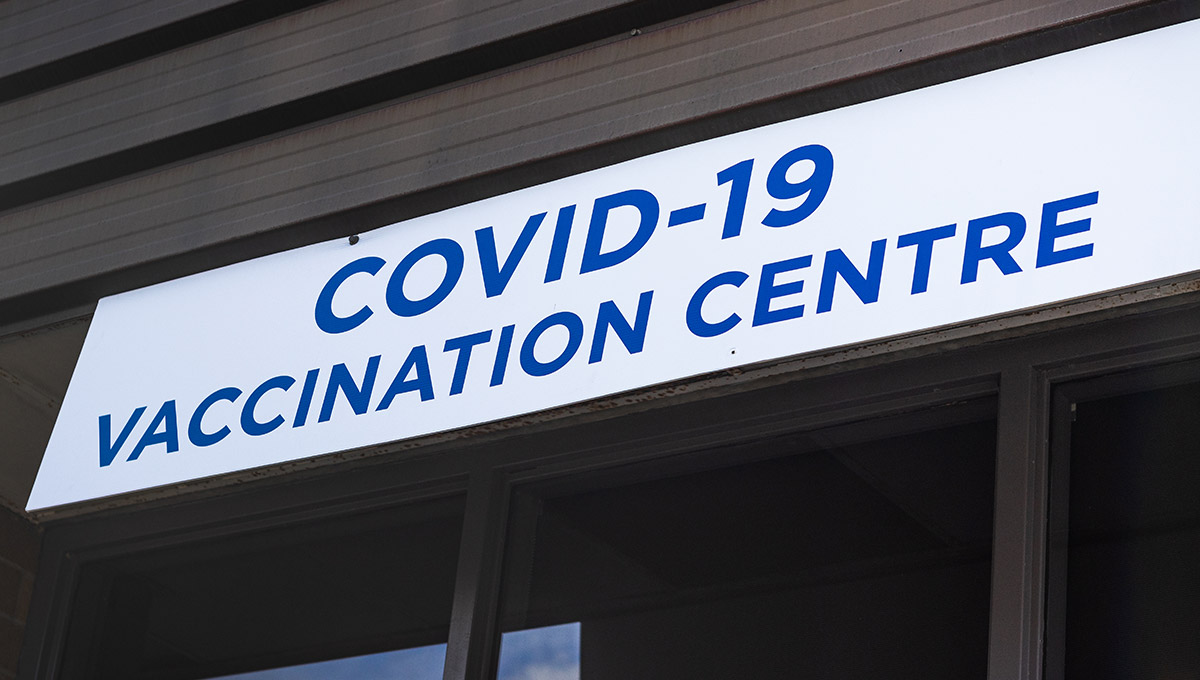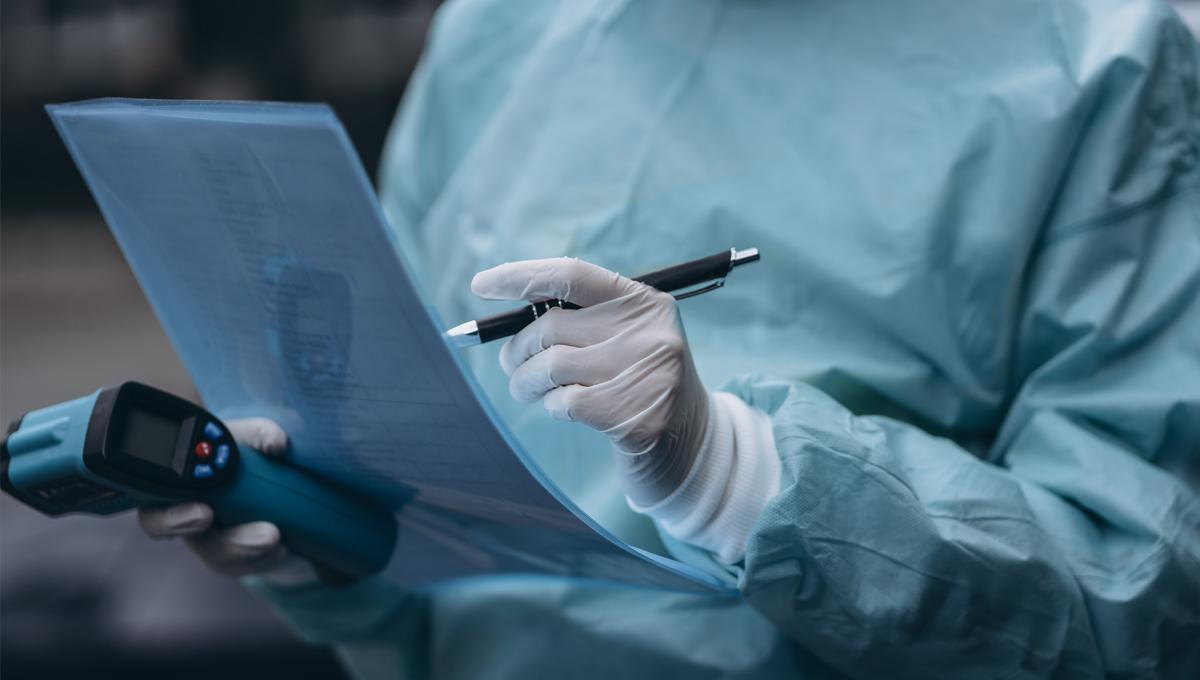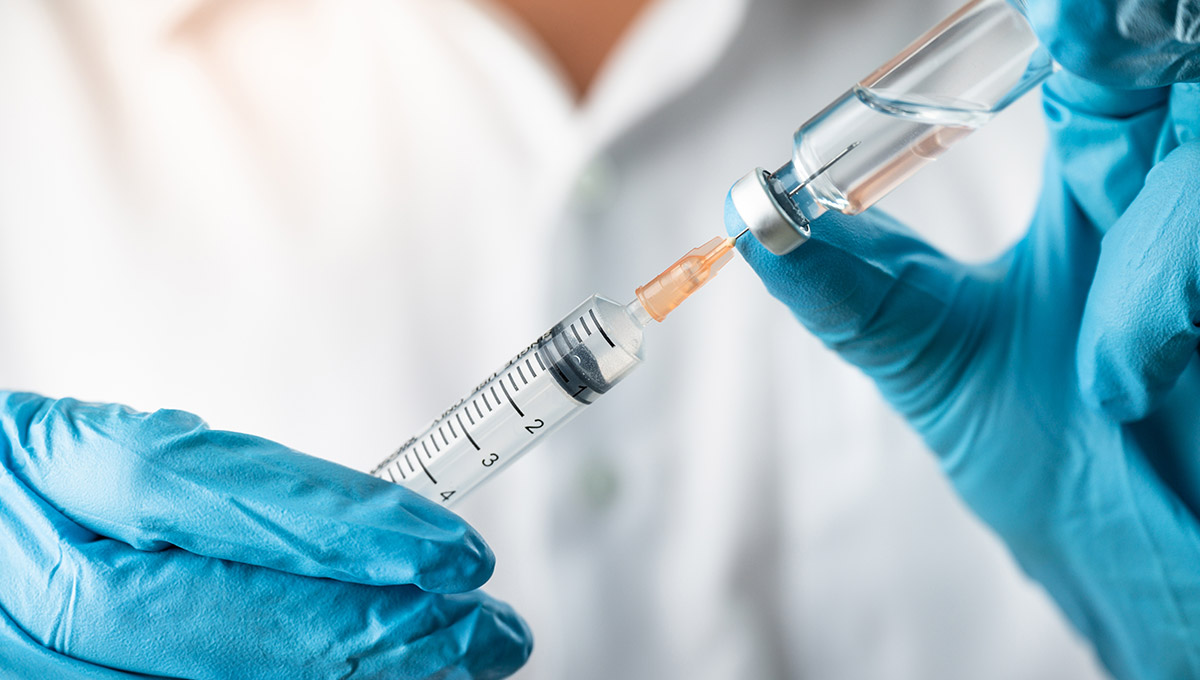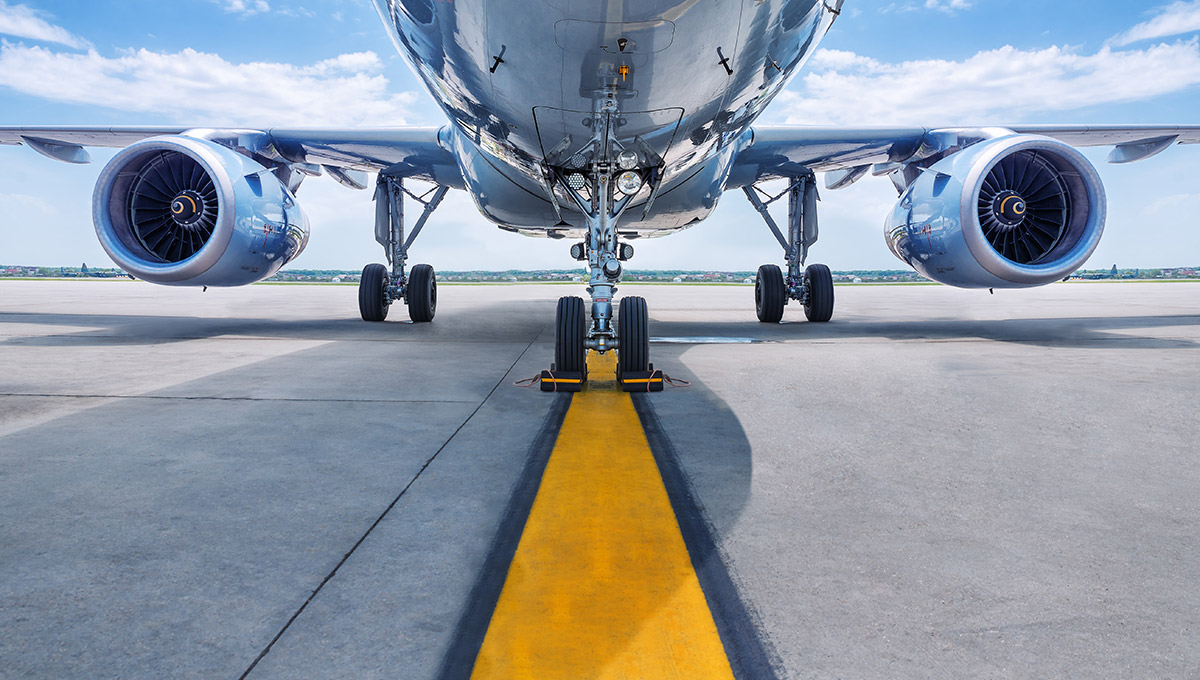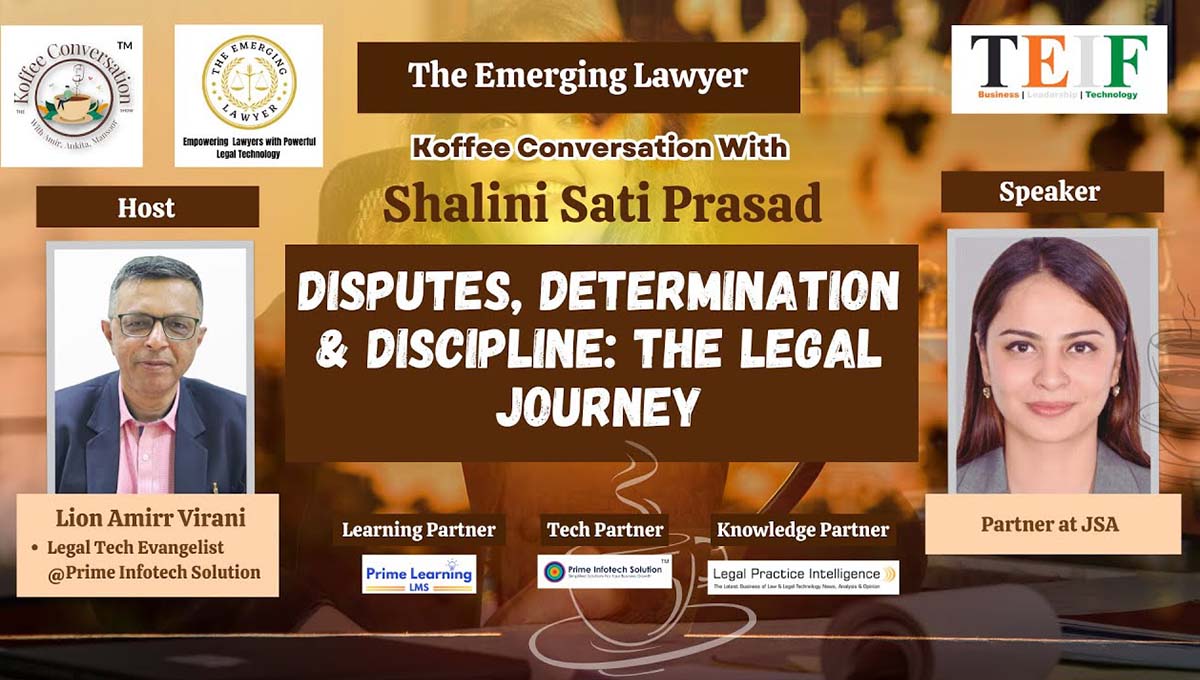SEBI vide circular dated 04 March 2021 (“March Circular”) had prescribed the procedure for the updation of SID and KIM of Mutual fund schemes. According to Paragraph 11.1 (i) of this March Circular, SID should be updated once in six months at the end of September and March. This timeline has been modified by the circular dated 30 April 2021 (“April Circular”) wherein SID shall be updated within one month from the end of the half-year, based on the relevant data and information as at the end of September and March respectively.
Paragraph 11.1(iv) of the March Circular, which stated that KIM shall be updated atleast once a year has also been modified under the April Circular, and KIM shall now be updated atleast once in half-year, within one month form the end of the respective half-year, based on the relevant data and information as at the end of September and March.
In light of the difficulties expressed by the industry in light of continuing Covid Scenario, the updation of SID and KIM for the half-year ended March 2021, can be completed by 31st May 2021.


